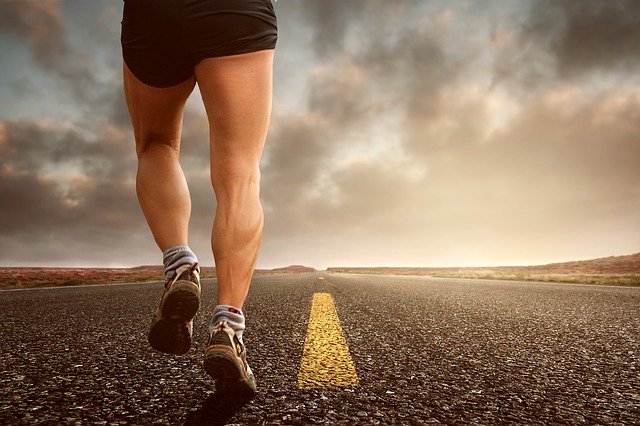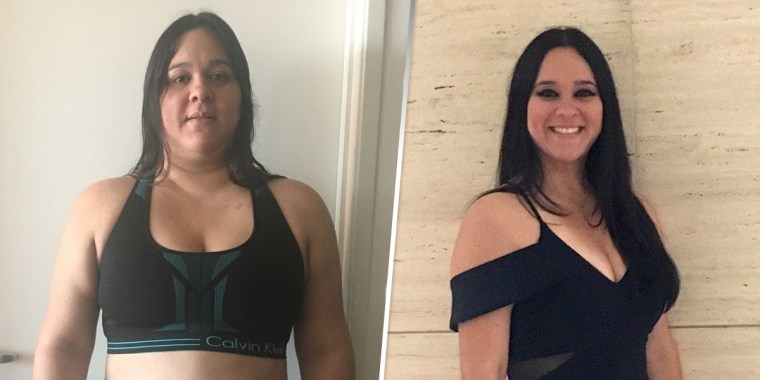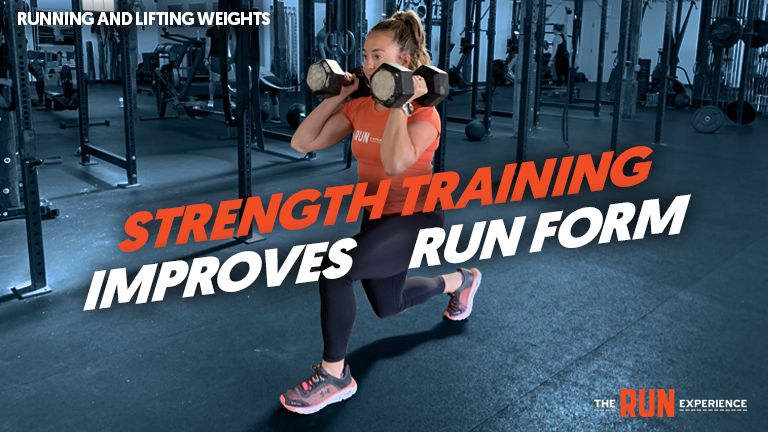
There are several features to look for in a pair of workout shoes from Nike. These features range from the Air cushioning unit to Flywire. These features can make a huge difference in your performance during intense training sessions. Hopefully, you have found the right pair of shoes for you.
Flywire
Nike Flywire is light-weight and flexible material made of liquid crystal polymer microfibers. Flywire was initially created to reduce excess weight in shoes. Flywire is flexible, and unlike carbon fiber that can feel rigid and stiff, it conforms to your foot's natural movements. Flywire provides excellent support and comfort.
Nike uses this lightweight material in many of their performance models. It was created by Tommaso Rivellini (a mechanical engineer at NASA’s Jet Propulsion Laboratory). Rivellini also developed airbags for NASA’s Mars Excursion rovers. This fabric is ideal for performance footwear because it is strong and lightweight.

Flywire is a Vectran-based lightweight filament that is strategically applied to the uppers. It provides support and fit without adding bulk to the shoe. It is now used to make Nike footwear and performance apparel. This allows you to design a light, comfortable shoe that fits exactly.
Flywire material was originally designed for running shoes. However, Nike quickly realized the high-tenacity fibers of Flywire could also be used in other sports. Flywire material can now be found on basketball shoes, football cleats, as well as soccer cleats.
Air cushioning unit
Nike workout shoes feature an air cushioning unit that helps reduce the impact on your joints and make them more comfortable. The idea behind the design came from an aeronautical engineer who was working at NASA. The idea was presented by him to Nike, and the Nike Tailwind running shoes were created in his honor.
These shoes' uppers are made of Engineered Mesh, a breathable and flexible material that provides a very comfortable fit. They feature a Zoom Air unit in a full length design that works with Nike React technology, providing a smooth and bouncy ride.

Nike React and Lunarlon feature soft foam cores with a supportive foam carrier. This cushioning is very lightweight, while still offering significant energy return. Nike React is a durable material that can be used for extended periods of time and does not cause discomfort. It is much more comfortable than traditional Phylon foam which makes it ideal for long-term, consistent use.
The Nike Air cushioning unit adds bounce to every step. This trapped air becomes energy that you can use to propel your body forward and perform high-intensity workouts. Nike integrates the Flywire network, which is a thin cable network that improves lateral hold.
FAQ
Can I exercise after eating?
It all depends on the type of exercise that you are doing. Avoid doing strenuous activity after eating, as it can cause stomach cramps. Light aerobic activities such brisk biking and walking are better.
What happens to me if I don’t sleep enough?
Insufficient sleep can cause your brain to not receive the signals necessary for hormone regulation and other chemicals involved in controlling appetite and metabolism. In turn, this can cause you to eat more and gain weight. You may also feel stressed, which can lead you to overeating.
What does caffeine do to my sleep?
Caffeine can affect how quickly you fall asleep, and how well you sleep. Caffeine is known to cause drowsiness. This makes falling asleep easier. The downside is that caffeine keeps you awake longer making it harder for you to fall asleep again. If you drink coffee or energy drinks right before bedtime, try drinking them later in the evening instead.
Statistics
- One study showed that adults who watch more than 4 hours of television daily had an 80% higher risk of death from cardiovascular disease. (heart.org)
- Physical activity confers the following maternal and fetal health benefits: a decreased risk of pre-eclampsia, gestational hypertension, gestational diabetes (for example, 30% reduction in risk) (who.int)
- An estimated 110,000 deaths per year could be prevented (cdc.gov)
- In 2018, the World Health Assembly agreed on a global target to reduce physical inactivity by 15% by 2030 and align with the Sustainable Development Goals. (who.int)
External Links
How To
How to Burn Belly Fats Faster
Belly Fat is usually seen as a problem when we want to lose weight. But if you think about it, Belly Fat is actually a good thing. Your organs are protected by the fat around your stomach. Let's look at how to rapidly lose belly fat.
The main factors that lead to body fat storage are stress and lack exercise. Because stress stimulates the release of cortisol hormone, it makes us hungry all the time. Cortisol levels are increased by insulin. The excess calories are stored as fat by insulin. Insufficient sleep can lead to an increase in appetite and adrenaline release. Exercise helps to break down these extra calories.
There are many methods to lose belly fat. You can choose to try any of these options, depending on your budget. These tips will help you quickly get rid of belly fat.
-
Reduce the amount of food you eat. You should eat smaller meals throughout the day than you would if you ate three big meals. This will help you consume less calories.
-
Make sure you drink plenty of water. Water flushes out toxins in your body and helps you stay hydrated. Drinking water before meals will help you feel fuller for longer, so you don't overeat.
-
Avoid unhealthy snacks. If you're looking for quick fixes, snack foods like chips, cookies, candies, etc. Although tempting, they can be very unhealthy. These fattening treats are best avoided as they have too many empty calories and sugar. Choose healthy options like whole grains, fruits, vegetables, nuts, seeds and nuts.
-
Three times per week, strength training is recommended. Strength training builds muscle mass and burns more calories when you're not working out. It strengthens bones and muscles, ligaments, muscles, tendons, heart, lungs, as well as joints.
-
Stretching and walking are good habits. Stretching can improve flexibility, mobility, and reduce back pain. Walking can help you burn calories.
-
Reduce alcohol intake. You should cut down on alcohol consumption. It adds no nutritional value to your diet.
-
Slowly lose weight. The first step towards losing weight is to identify what your current weight is. Then calculate your ideal weight by adding 5% to 10% of your total body weight. Once you have established your ideal weight, reduce your daily calorie intake by 500 to 1000 calories each day until you achieve your goal.
-
Avoid processed foods. These foods contain high levels of sugar, salt, and preservatives. While processed foods can be convenient, they don't offer enough nutrients to ensure your health.
-
Don't skip breakfast! Breakfast is good for your concentration, memory, and energy. Breakfast should contain protein (like eggs), fibre (like oats), as well as complex carbohydrates (like oatmeal).
-
Have regular bowel movements. Gas and bloating can result from irregular bowel movements. Drink plenty of water to prevent gas and fiber ingestion.